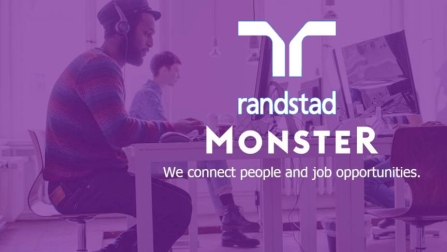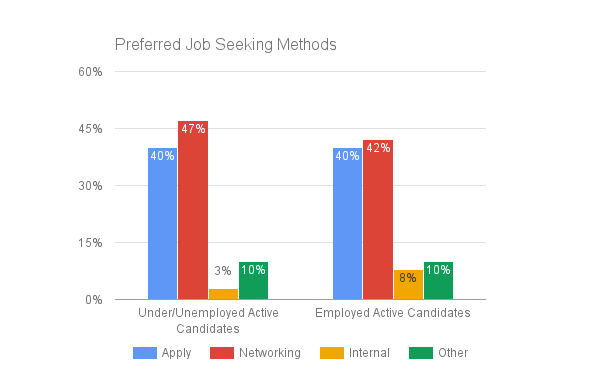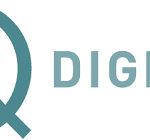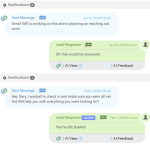Randstad Acquires Monster and Chance to Reinvent Job Boards
August 11, 2016

Just two days ago, on August 9, global HR consultancy Randstad announced its acquisition of Monster Worldwide. The news wasn’t that surprising. Four years ago, The Boston Globe reported that Monster was seeking a buyer. Financially, Monster has been riding a downward spiral for years. And that’s become the big discussion point across the industry. Most of the articles provide a deep examination of plummeting revenues and struggles to remain relevant. Without rehashing all the figures, let’s sum it up this way: Randstad paid $ 3.40 per share. Back in 2000, during the job board’s heady salad days, investors paid $ 91 per share. I believe the more important story here involves Monster as a cautionary tale and what its resurrection through Randstad could mean to the workforce solutions industry.
The Rise and Fall of an Internet Behemoth
At the time of its inception, Monster was the darling of the dot-com age. It defined the incredible possibilities and opportunities of the burgeoning online commerce movement. During its meteoric ascent, Monster was one of the most ubiquitous brands, and its name came to represent the explosive potential of the World Wide Web. A company that started in a room above a Boston-based Chinese restaurant, using only a single server tucked away in a closet, quickly blazed a trail as a digital pioneer. In a few short years, other companies were scrambling to replicate its model. Monster owned two blimps, appeared in Super Bowl ads and sponsored the 2002 Winter Olympics. It spawned and then dominated a new era of job seeking and hiring.
Monster’s Existential Crisis: Living in a Present that Becomes a Past
So what happened? There are obviously many factors. However, the most striking seems to embody the cautionary tale of tech companies that falter: lack of ongoing innovation. Companies like Apple stand out from the herd because they pull off a difficult feat — innovating and then reinventing. Yahoo and Monster, on the other end of spectrum, demonstrate how hard the reinventing part can be.
As business analysts and academics often point out, the most successful enterprises will stumble or fail when they place too much emphasis on the current needs of customers. Those that thrive concentrate on anticipating future or yet unrealized customer needs. They embrace new technologies and introduce unfamiliar, disruptive service models in the absence of actual demand. In short, they inspire and fuel that demand.
And as Raghav Singh explains in his well-reasoned ERE article, “The Rise and Fall of Monster,” the company never delivered on its founder’s full vision:
Monster was founded by Jeff Taylor. The term “social network” did not exist when Monster was created, but Taylor had realized the potential of the Internet. His original vision for the site was a place where people constantly kept skills and work histories up to date, even when they weren’t looking for jobs. He talked about “profiles” on the site, not resumes. Does that sound like something else? Monster launched Monster Networking following the launch of LinkedIn, but it never caught on, mainly because it was modeled on dating sites and required every user to pay a membership fee.
Monster’s Missed Opportunity to Embrace Big Data
To illustrate the point further, consider the undeniable importance of data. The original job boards at the turn of the century were poised to collect massive amounts of what would eventually become Big Data. Yet, the value of this information wasn’t clear when these sites first emerged.
“The success of Google, Facebook, LinkedIn, and many other firms is founded on their being able to tap the value from data gleaned from billions of interactions that occur online,” Singh writes. “LinkedIn can better match people to jobs and suggest candidates for recruiters to consider because it has access to vast amounts of data from members and employers.”
This is precisely what Monster learned too late in the game — that recruiting candidates would come to mirror online marketing to consumers. Predictive analytics, pipeline development, cultural fit assessments and performance metrics aren’t effective in the absence of accurate data. So while Monster continued to serve the functional needs of its users, based on its original model, it didn’t look ahead and capitalize on all the data it had at its disposal. Ultimately, others stepped in to fill that void.
Enter Randstad: Giant Captures Monster
Over the past four years, we in the industry have often showcased the growing strength of social networks, pure-play online recruitment platforms, freelance marketplace exchanges and conversational commerce in hiring. And it’s true that, to some degree, these media are replacing traditional job boards. However, that doesn’t mean sites like Monster or CareerBuilder have become obsolete. By way of example, a recent study performed by LinkedIn and the Adler Group found that 85 percent of all open jobs are filled through networking. When you break out the categories in the survey, the results depict a less dramatic dichotomy. In the chart below, you’ll see that networking certainly commands a lead. Yet the Apply category, which represents those candidates who still use a traditional online application process, wasn’t drastically lower.

Although job boards may have toppled off their pedestals, they definitely aren’t shattered or discarded. Job hunters continue to post resumes on Monster or company job portals. People still use the Internet to seek out and apply to positions that interest them. Randstad likely realizes this. More importantly, Randstad can apply its intelligence and resources to revamp the platform and launch a new type of online recruiting system that brings greater ease and efficiency to recruiters, hiring managers and talent.
As Randstad explains in its press release, “By leveraging Monster’s multiple distribution channels to bridge two different but complementary parts of the extended recruiting industry, Randstad intends to build the world’s most comprehensive portfolio of HR services. Monster will continue operating as a separate and independent entity under the Monster name.”
Randstad is not merely a staffing company. It is a genuine workforce consultancy. Among its offerings, Randstad provides payrolling, blended workforce solutions, vendor management, onsite management, direct staffing and search, recruitment process outsourcing, outplacement services, employment consulting, industry reports and more. An alliance with Monster has strategic benefits that Randstad can enhance and evolve.
- The transaction may help Randstad and Monster accelerate their efforts to develop fresh capabilities that deliver greater value to job seekers and employers by bringing labor supply and demand closer together.
- With the addition of Monster’s leading recruiting media, technologies and platforms — which connect people and jobs in more than 40 countries — Randstad can expand its services to offer clients and candidates tools for increased efficiency and engagement, connecting more people to more jobs.
- Randstad recognizes the value of talent analytics and data. Randstad understands how to synthesize and act on that data. Through Monster’s database, Randstad has the opportunity to refine processes through a trove of untapped business and candidate intelligence.
- Monster recently acquired Jobr, the so-called “Tinder” of job apps. Both companies can capitalize on this leading feature at a time when the demand for mobile tools is growing exponentially.
Randstad and Monster Can Reinvent Job Seeking
In an ideal world, our recruitment technologies would be as intuitive as other software we use: complex algorithms running the backend, with a simple user interface at the fore. Currently, this doesn’t really exist in most job boards. As noted HR expert Suzanne Lucas points out in Inc. Magazine, candidates, recruiters and hiring managers “would strongly prefer typing a few words into a magic box and having the right person or the right job pop up, but the current methods aren’t working well.” Here, the Randstad and Monster partnership may present opportunities to solve these challenges.
- Improved Transparency and Input. Lucas says that most candidates view job boards as necessary evils for finding work. They become “black holes” of recruiting where resumes are sucked in and never heard from again. Randstad and Monster have an opportunity to change this and increase the likelihood that only qualified candidates are guided to the most appropriate positions. They can also simplify the application process, which remains a lingering problem in the industry.
- Ending Recruiter Ghosting. Many candidates complain that after an interview, they never hear back from recruiters or hiring managers. Feedback is essential to a high-performing workforce. Even when candidates are denied a position, understanding where they could improve can only benefit the development of our talent and the effectiveness of employers to select the best workers. With Randstad curating the talent acquisition aspect, candidate interactions and vetting processes may become more powerful, accurate and immediate.
Naturally, it’s too soon to predict the outcomes of Monster’s acquisition by Randstad. However, given the resources and reach of both companies, there are exciting prospects ahead. If executed properly and wisely, this alliance could lead to a new set of innovations that unify, simplify and optimize hiring. Not only that, the suppliers that participate in Randstad’s managed services programs could also reap the benefits of a more comprehensive candidate data source.
Business & Finance Articles on Business 2 Community
(11)












